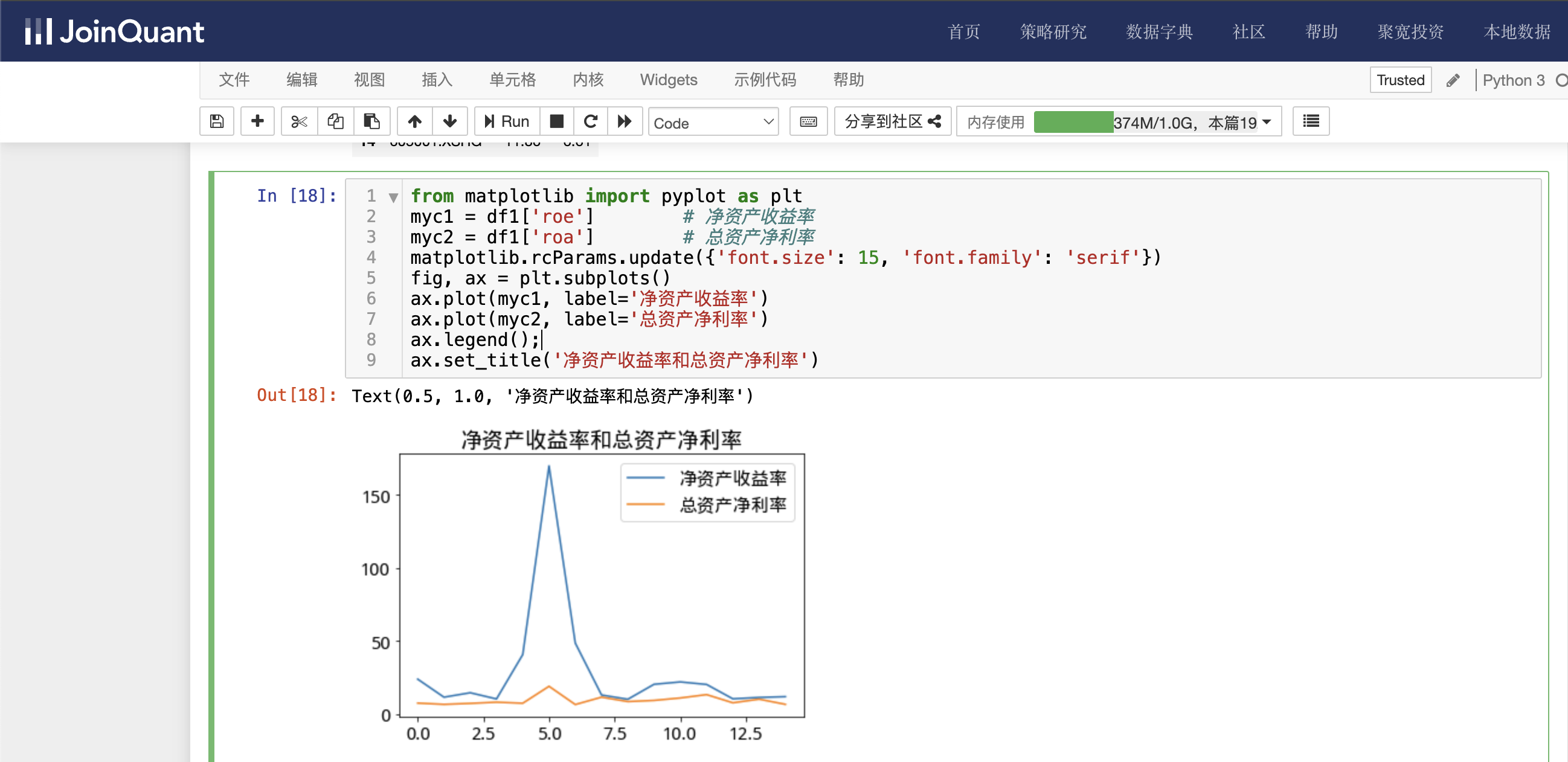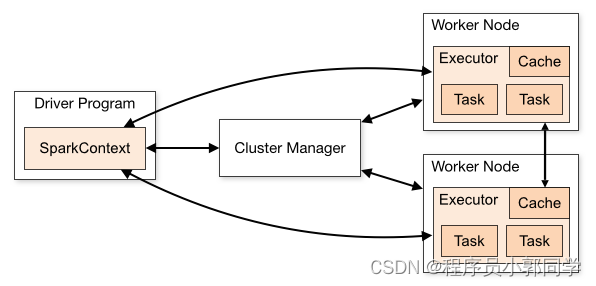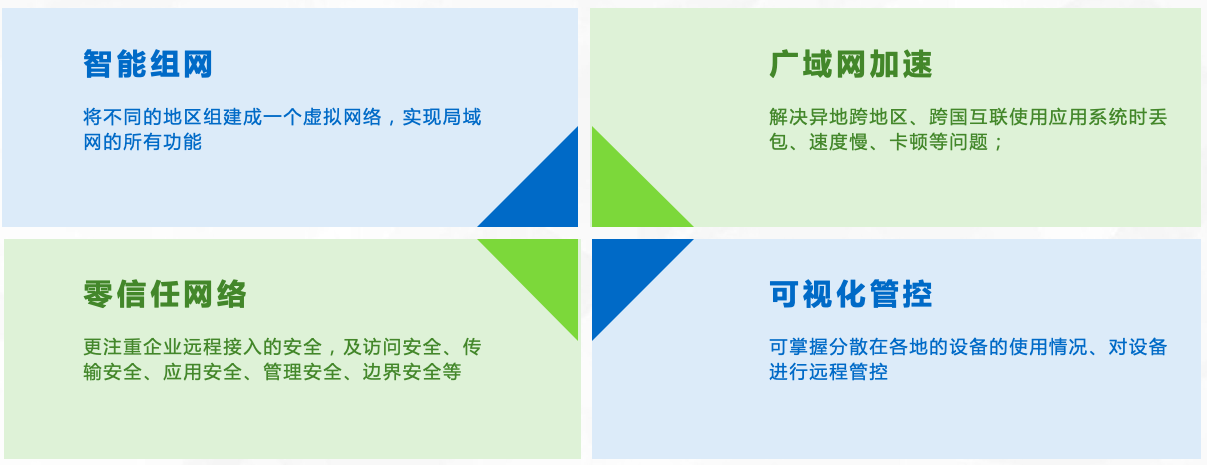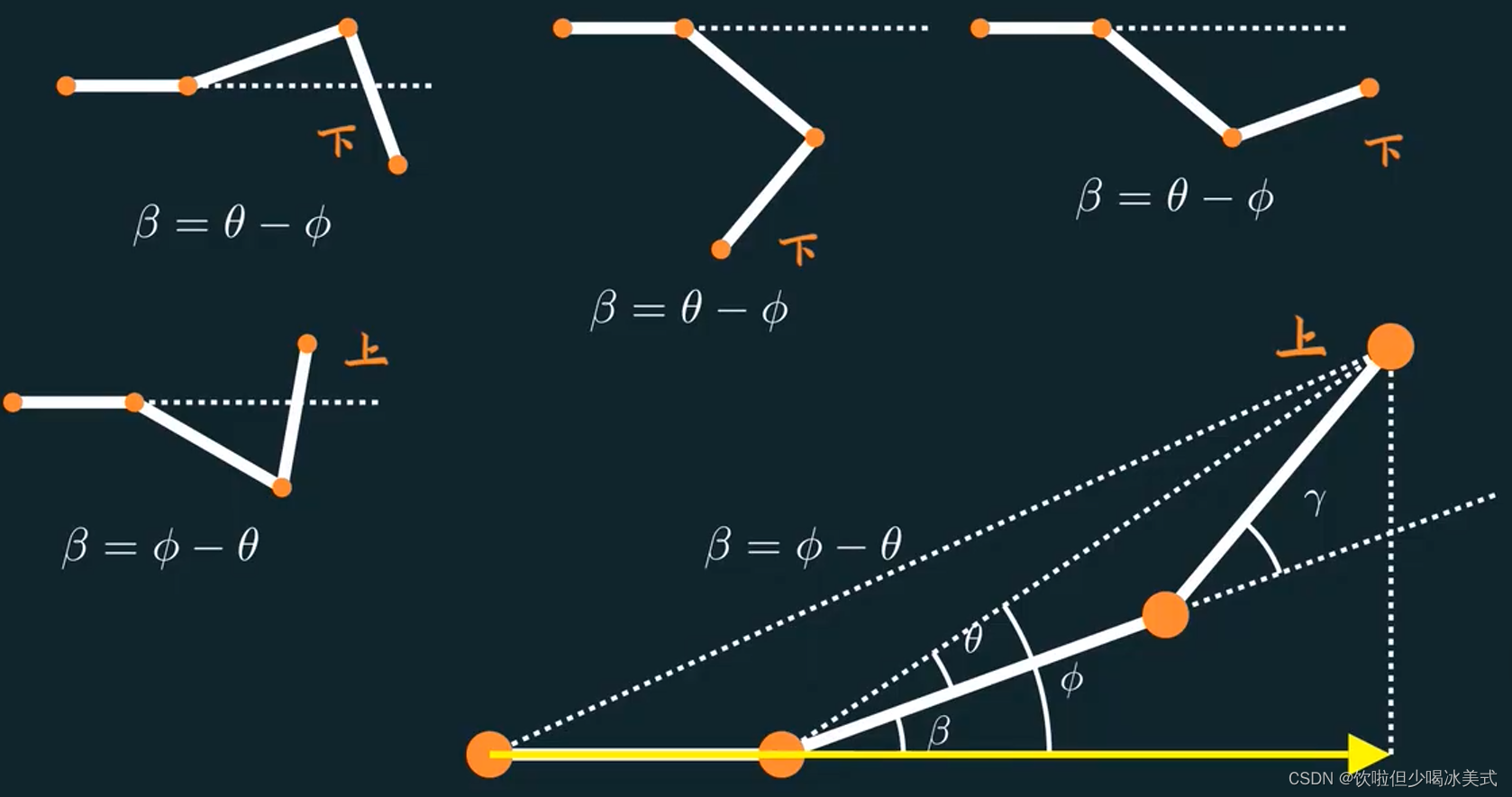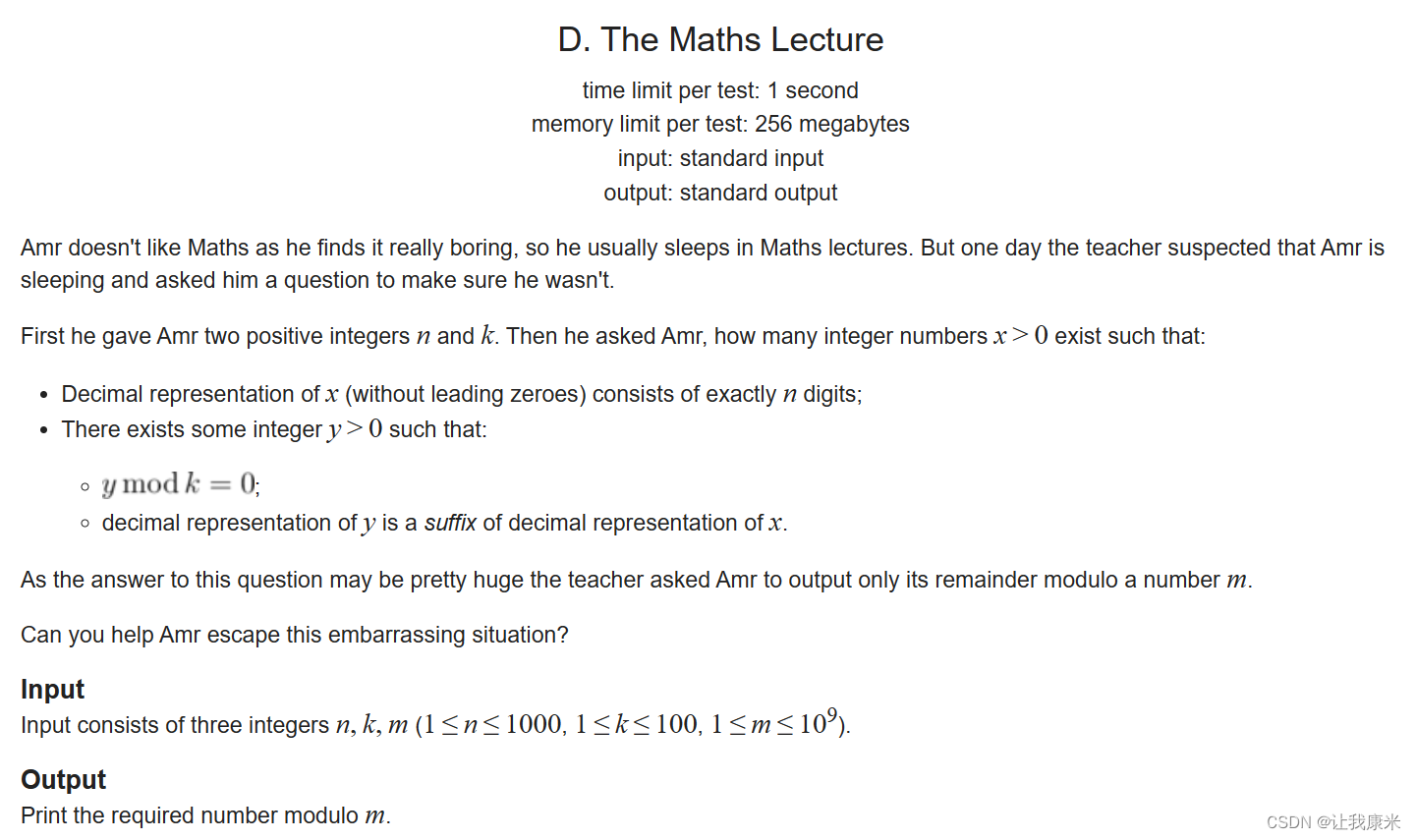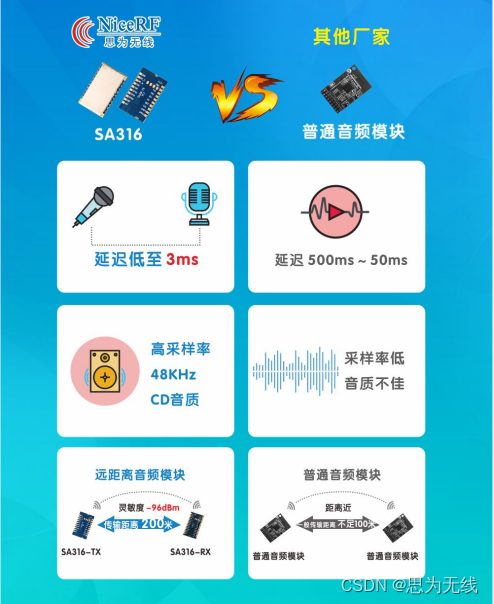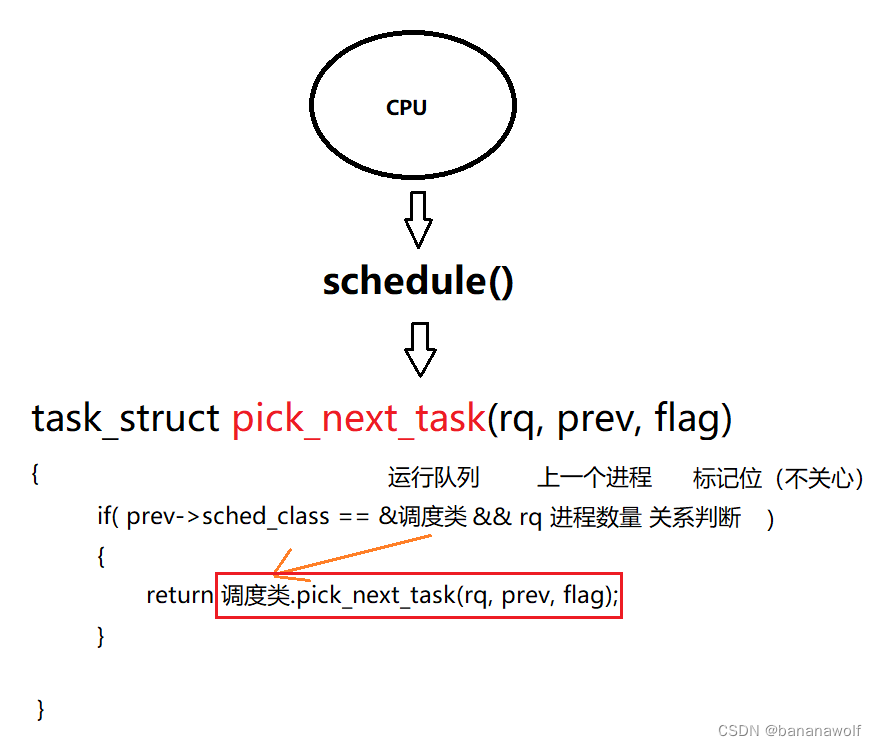1.概述
对于初学者而然,写一个netty本地进行测试的Server端和Client端,我们最先接触到的类就是ServerBootstrap和Bootstrap。这两个类都有一个公共的父类就是AbstractBootstrap.
 那既然 ServerBootstrap和Bootstrap都有一个公共的分类,那就证明它们两个肯定有很多公共的职责和方法。
那既然 ServerBootstrap和Bootstrap都有一个公共的分类,那就证明它们两个肯定有很多公共的职责和方法。
AbstractBootStrap
我们先进行来看AbstractBootStrap这个类
构造函数
public abstract class AbstractBootstrap<B extends AbstractBootstrap<B, C>, C extends Channel> implements Cloneable {volatile EventLoopGroup group;@SuppressWarnings("deprecation")private volatile ChannelFactory<? extends C> channelFactory;private volatile SocketAddress localAddress;private final Map<ChannelOption<?>, Object> options = new LinkedHashMap<ChannelOption<?>, Object>();private final Map<AttributeKey<?>, Object> attrs = new LinkedHashMap<AttributeKey<?>, Object>();private volatile ChannelHandler handler;AbstractBootstrap() {// Disallow extending from a different package.}AbstractBootstrap(AbstractBootstrap<B, C> bootstrap) {group = bootstrap.group;channelFactory = bootstrap.channelFactory;handler = bootstrap.handler;localAddress = bootstrap.localAddress;synchronized (bootstrap.options) {options.putAll(bootstrap.options);}synchronized (bootstrap.attrs) {attrs.putAll(bootstrap.attrs);}}............. //省略别的代码
}从上面的代码 我们可以看出来几点:
1.AbstractBootStrap这个抽象类定义B,C两个泛型,B泛型继承了AbstractBootStrap这个类,C泛型继承于Channel这个类
2.提供了两个构造函数,一个是无参的 一个是有参的,有参的构造函数中,有两行synchronized 进行修饰的代码,是options和attrs属性可能会有并发问题吗?
3.实现了Cloneable接口,这个Cloneable接口在java中表示这个类是否可以被克隆,我对此有这个疑问,为啥要实现这个接口呢
看完AbstractBootStrap的这个构造函数,我们一起看下ServerBootstrap和Bootstrap在我们写的demo中都涉及到一些方法,
group方法
public B group(EventLoopGroup group) {ObjectUtil.checkNotNull(group, "group");if (this.group != null) {throw new IllegalStateException("group set already");}this.group = group;return self();}这个group方法看上去就是一个简单的属性赋值的操作,并没有什么特别之处,跟咱们普通的set方法的区别在于最后调用了self方法,但是我们看下self方法之后,就是返回了一个自身的对象。
private B self() {return (B) this;}channel方法
public B channel(Class<? extends C> channelClass) {return channelFactory(new ReflectiveChannelFactory<C>(ObjectUtil.checkNotNull(channelClass, "channelClass")));}这块就跟group方法不一样了,看上去不再是简单的属性赋值了,我们点击到channelFactory方法中进行查看。心想着总该不一样了,但是点击进去还是属性赋值的操作,但是这次属性赋值有点区别了,是根据传入的channelClass的Class对象 构建了一个ReflectiveChannelFactory对象。
public B channelFactory(io.netty.channel.ChannelFactory<? extends C> channelFactory) {return channelFactory((ChannelFactory<C>) channelFactory);}public B channelFactory(ChannelFactory<? extends C> channelFactory) {ObjectUtil.checkNotNull(channelFactory, "channelFactory");if (this.channelFactory != null) {thr




